Why Keto + Fasting Might Be the Ultimate Fat-Burning Duo
The ketogenic diet and intermittent fasting (IF) are two of the most popular strategies for weight loss and metabolic health. While powerful on their own, many people combine them to accelerate results. But is that necessary? Do they work better together, or are you just doubling up on the same benefits?
Let’s explore how keto and intermittent fasting interact—and whether this pairing is synergistic or redundant.
What Is Intermittent Fasting?
Intermittent fasting isn’t a diet—it’s an eating pattern. It cycles between periods of eating and fasting, with popular versions including:
- 16:8 (16 hours fasting, 8-hour eating window)
- OMAD (One Meal A Day)
- 5:2 (five days normal eating, two days very low-calorie intake)
Fasting triggers powerful biological processes:
- Lowered insulin levels
- Increased fat burning
- Cellular cleanup via autophagy
- Enhanced mental clarity
These are also key benefits of a ketogenic diet. Which is why the overlap is so interesting.
Shared Metabolic Benefits of Keto and Fasting
Keto and intermittent fasting share many metabolic effects:
- Insulin Reduction: Both lower circulating insulin, promoting fat burning and improved insulin sensitivity[1].
- Ketone Production: Both raise blood ketones, providing clean brain fuel and appetite control[2].
- Autophagy Activation: Fasting induces autophagy, and prolonged ketosis may extend this cellular repair process[3].
- Stable Energy: By reducing blood sugar fluctuations, both approaches help avoid energy crashes and support mental clarity.
Because of this overlap, many assume combining them is redundant. But that’s not quite the case.
Why They Work Better Together
Intermittent fasting and keto complement each other in several ways:
- Fasting Gets Easier on Keto
When you’re fat-adapted, your body efficiently burns fat for fuel. This makes it easier to go hours without food. A landmark study showed that hunger and cravings decrease, making fasting more natural and less stressful[4].
- Fasting Accelerates Ketosis
Starting intermittent fasting when new to keto can speed up ketone production and reduce the transition phase (a.k.a. “keto flu”).
- Deeper Fat Loss
Combining fasting with keto may enhance fat loss by extending the duration of low insulin states and pushing the body into deeper fat-burning zones.
- Enhanced Autophagy
While keto increases autophagy mildly, a study showed that adding fasting periods supercharges this cellular recycling process—potentially offering longevity and anti-aging benefits[5].
Appetite Control and Simplicity
One of the most underrated benefits of combining IF and keto is appetite suppression. With stable blood sugar, increased ketones, and reduced ghrelin (the hunger hormone), most people naturally reduce meal frequency.
This leads to:
- Fewer food decisions
- Less snacking
- Simplified meal prep
Many keto followers naturally fall into an IF rhythm without planning it.
Common Approaches to Combining Keto and IF
There’s no one-size-fits-all strategy, but common pairings include:
- 16:8 + Keto: Eating two satiating meals in an 8-hour window (e.g., 12–8pm)
- OMAD + Keto: One nutrient-dense keto meal per day (best for advanced users)
- Alternate-Day Fasting + Keto: More advanced, not for beginners
The key is to build slowly. Start with keto, let fat adaptation take hold, then experiment with shortening your eating window.
Who Might Benefit Most?
Combining keto and IF may be ideal for:
- Those with insulin resistance or prediabetes
- People with significant weight to lose
- Those experiencing keto plateaus
- Anyone seeking simplicity and fewer food cravings
That said, fasting isn’t required for keto to work—and not everyone thrives on time-restricted eating. Women, in particular, may benefit from a more flexible approach during certain phases of their cycle.
Cautions and Considerations
- Don’t force it: If fasting causes stress, fatigue, or bingeing, ease up.
- Hydration and electrolytes are crucial, especially when fasting.
- Adequate protein is still important—don’t under-eat.
- Not for everyone: Individuals with a history of disordered eating or underweight individuals should avoid fasting without medical guidance.
Summary
Intermittent fasting and keto are not redundant—they’re synergistic. Keto primes the body for fasting by reducing hunger and stabilizing energy. Fasting, in turn, accelerates ketone production and promotes deeper fat-burning and cellular repair.
Together, they form a powerful metabolic strategy for fat loss, insulin control, mental sharpness, and long-term health—when used wisely and with attention to individual needs.
Frequently Asked Questions (FAQs)
-
Is intermittent fasting required to succeed on keto?
No. Many people succeed on keto without fasting. But IF can accelerate results and make keto more sustainable for some. -
Does fasting help you get into ketosis faster?
Yes. Fasting depletes glycogen stores, forcing the body to produce ketones more rapidly. -
What’s the easiest fasting schedule to start with?
A 12:12 (12 hours fasting, 12 hours eating) is a gentle place to begin. Many then progress to 14:10 or 16:8. -
Can women safely combine keto and IF?
Yes, but women may benefit from cycle-based adjustments, shorter fasts, or increased carb intake during certain phases. -
Is OMAD safe long-term?
For some, yes—but only if the single meal is nutrient-dense. It’s best used periodically or with professional guidance. -
Do I need to count calories when combining keto and fasting?
Not necessarily. Appetite suppression often leads to natural calorie reduction—but tracking can help break plateaus.

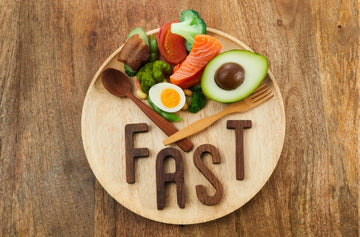


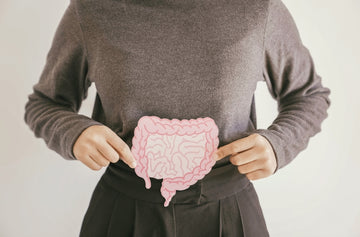

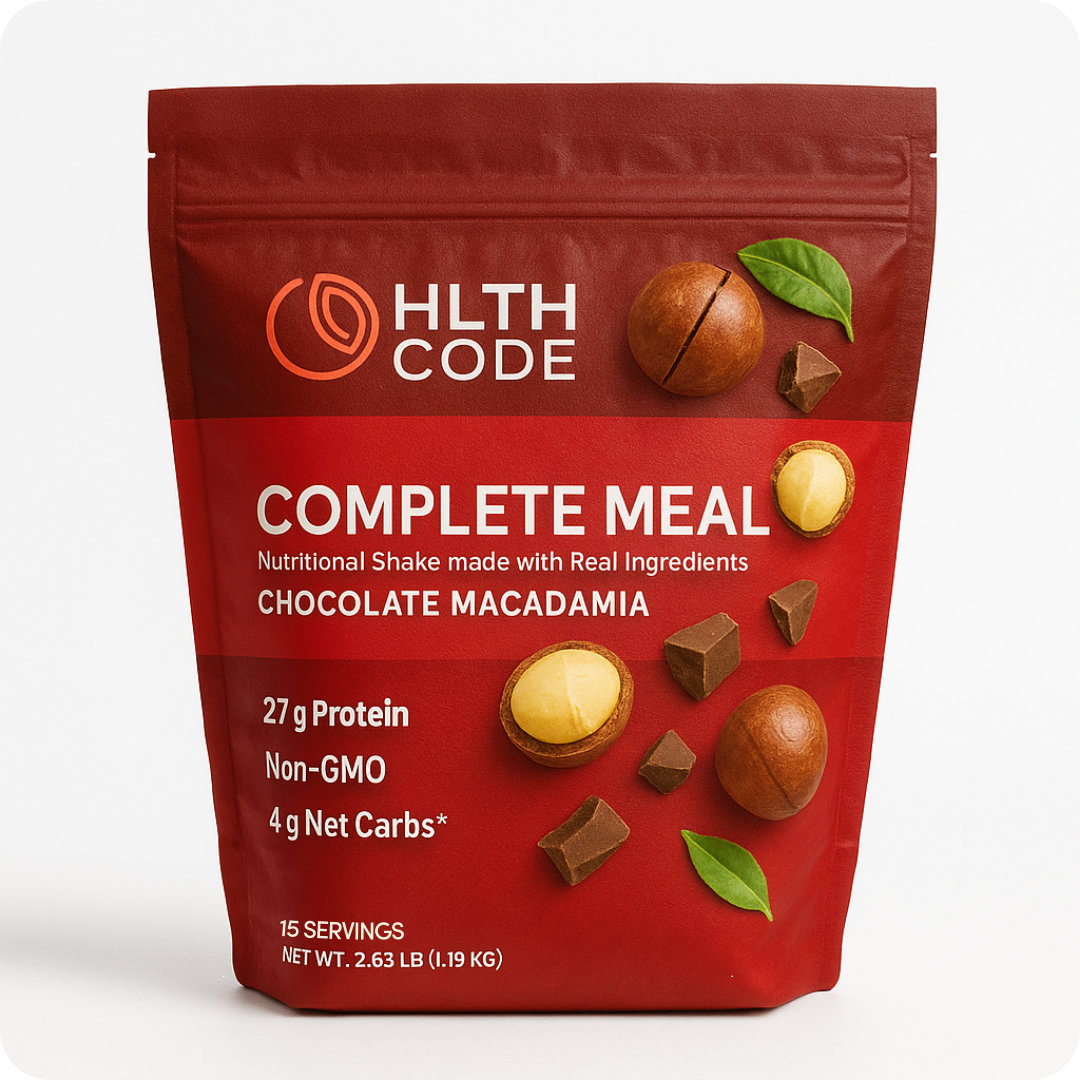

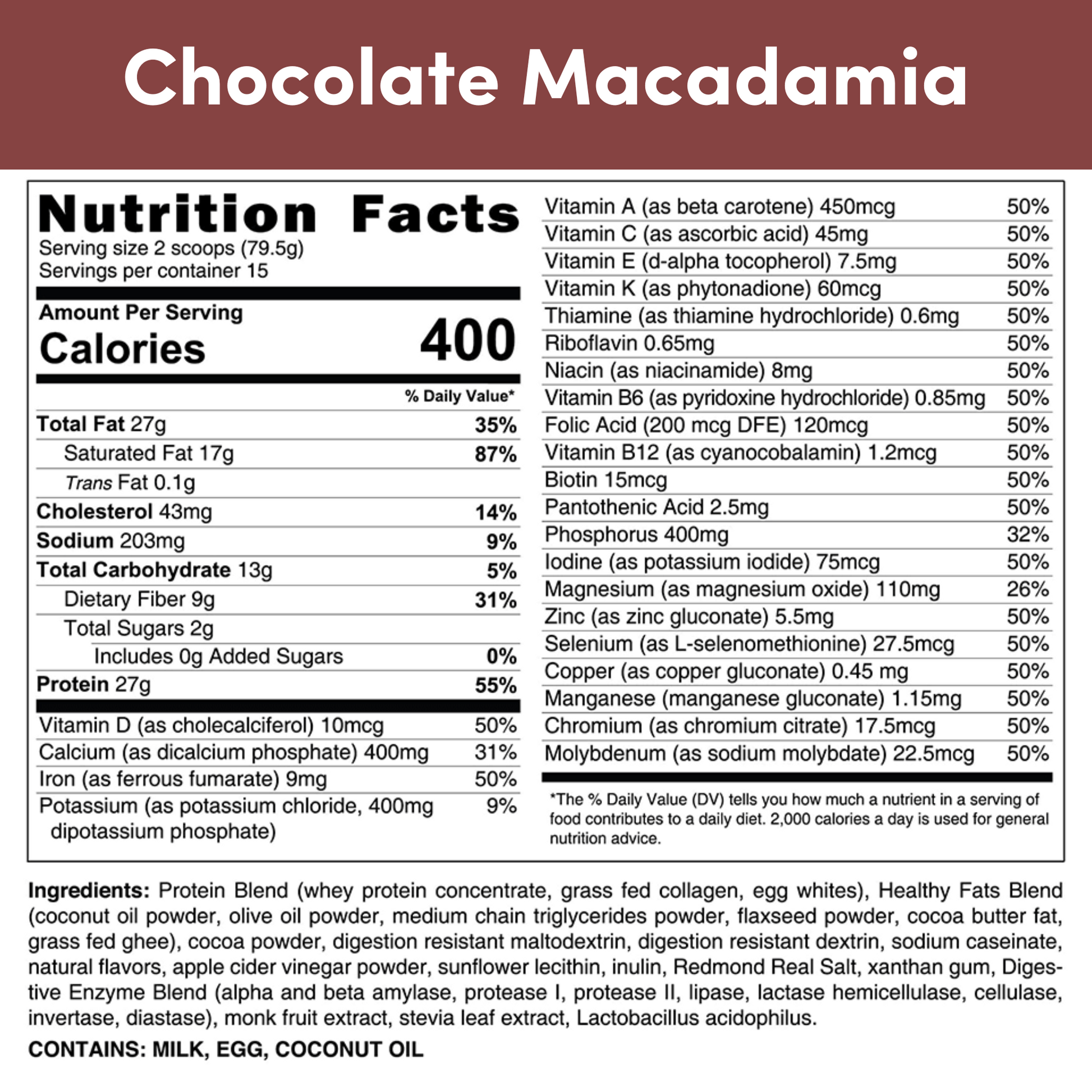
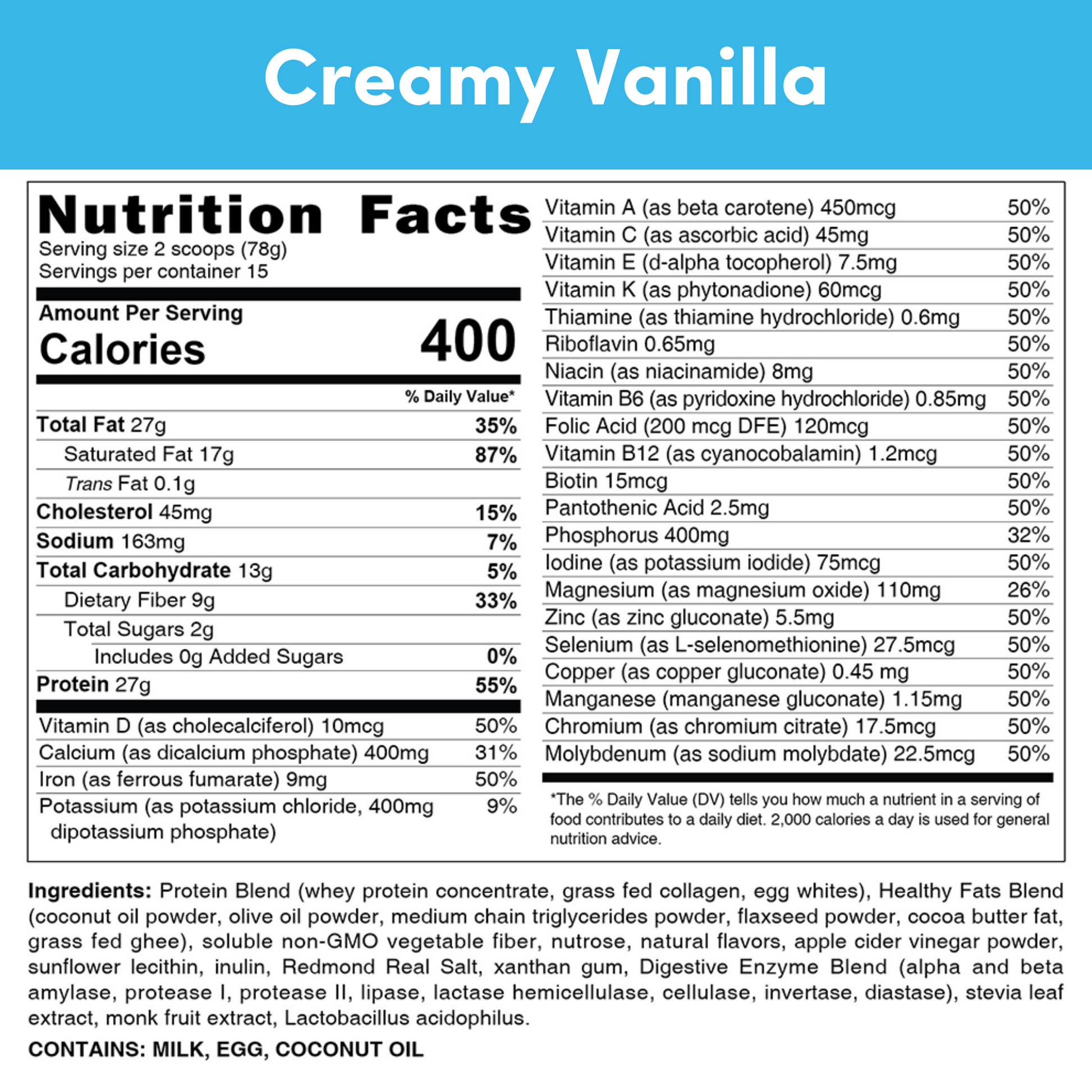






 30 Day Money Back Guarantee
30 Day Money Back Guarantee